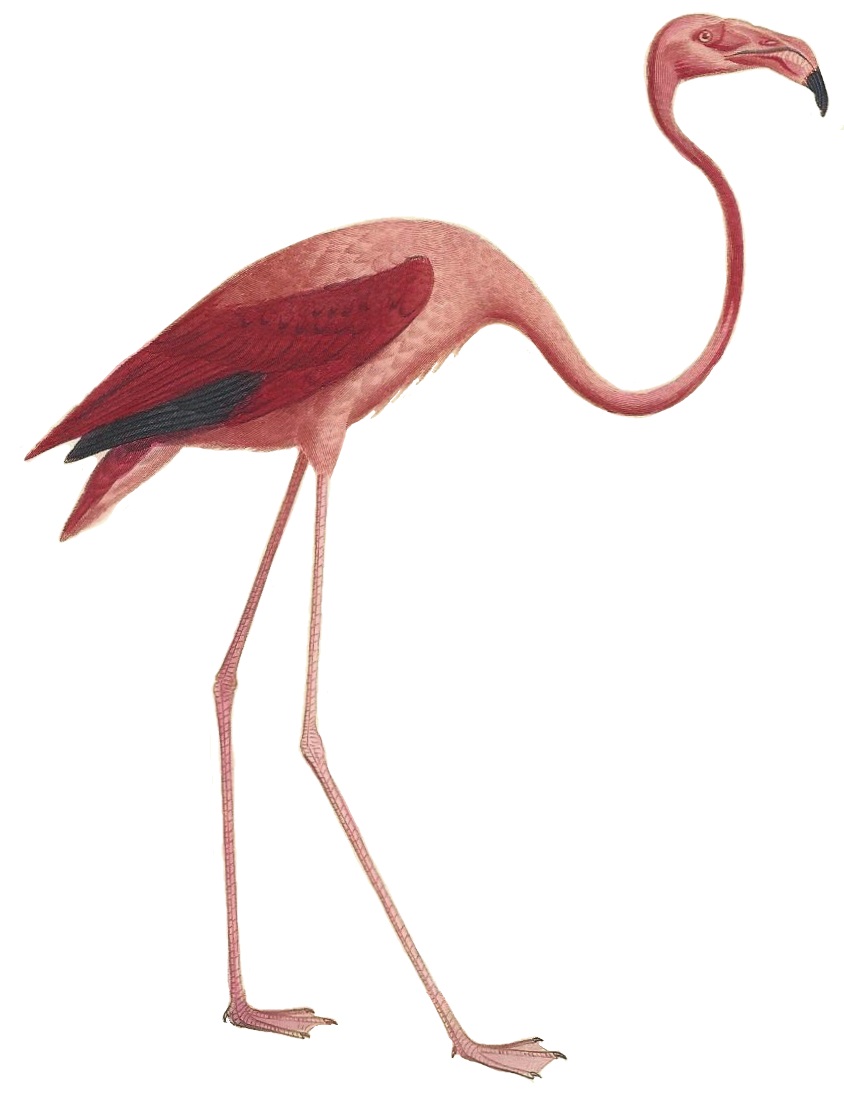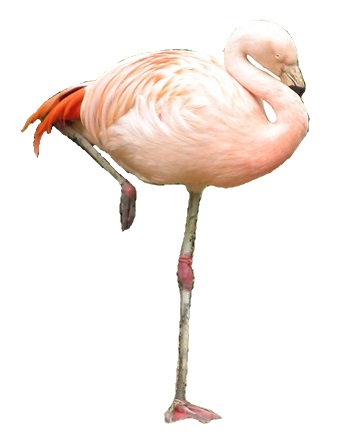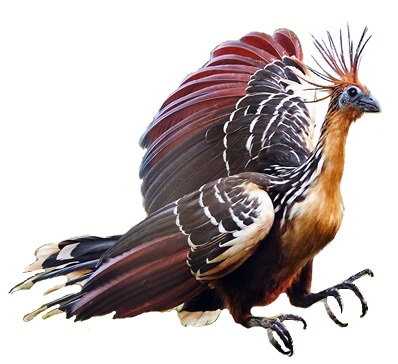|
Passerea
Passerea is a clade of neoavian birds that was proposed by Jarvis ''et al''. (2014). Their genomic analysis recovered two major clades within Neoaves, Passerea and Columbea, and concluded that both clades appear to have many ecologically driven convergent traits. According to Jarvis (2014), these convergences include the foot-propelled diving trait of grebes in Columbea with loons and cormorants in Passerea; the wading-feeding trait of flamingos in Columbea with ibises and egrets in Passerea; and pigeons and sandgrouse in Columbea with shorebirds (killdeer) in Passerea. For Jarvis (2014), these long-known trait and morphological alliances suggest that some of the traditional nongenomic trait classifications are based on polyphyletic assemblages. Passerea was not recovered in other studies.Prum, R. O. ''et al''. (2015A comprehensive phylogeny of birds (Aves) using targeted next-generation DNA sequencing Nature 526, 569–573. Phylogeny Cladogram of Passerea relationships based ... [...More Info...] [...Related Items...] OR: [Wikipedia] [Google] [Baidu] |
Neoaves
Neoaves is a clade that consists of all modern birds (Neornithes or Aves) with the exception of Paleognathae (ratites and kin) and Galloanserae (ducks, chickens and kin). Almost 95% of the roughly 10,000 known species of extant birds belong to the Neoaves. The early diversification of the various neoavian groups occurred very rapidly around the Cretaceous–Paleogene extinction event, and attempts to resolve their relationships with each other have resulted initially in much controversy. Phylogeny The early diversification of the various neoavian groups occurred very rapidly around the Cretaceous–Paleogene extinction event. As a result of the rapid radiation, attempts to resolve their relationships have produced conflicting results, some quite controversial, especially in the earlier studies. Nevertheless, some recent large phylogenomic studies of Neoaves have led to much progress on defining orders and supraordinal groups within Neoaves. Still, the studies have failed to pro ... [...More Info...] [...Related Items...] OR: [Wikipedia] [Google] [Baidu] |
Otidae
Otidae is a clade that includes the superorders Otidimorphae (bustards, turacos, and cuckoos) and Strisores (nightbirds, swifts, and hummingbirds). It was identified in 2014 by genome analysis.Jarvis, E.D. ''et al''. (2014Whole-genome analyses resolve early branches in the tree of life of modern birds ''Science'', 346(6215):1320–1331. Earlier it was thought that Strisores was closely related to birds such as pigeons, flamingos, tropicbirds, and the sunbittern and kagu in the taxon Metaves,Hackett, S.J. ''et al.'' (2008) A Phylogenomic Study of Birds Reveals Their Evolutionary History. ''Science'', 320(5884):1763–1768. but subsequent work has provided evidence that Metaves is polyphyletic. Although analyses of genome data provided relatively high support for monophyly of Otidae, indicating that it occupies a basal branch of the clade Passerea Passerea is a clade of neoavian birds that was proposed by Jarvis ''et al''. (2014). Their genomic analysis recovered two major clades ... [...More Info...] [...Related Items...] OR: [Wikipedia] [Google] [Baidu] |
Columbea
Columbea is a clade suggested by genome analysis that contains Columbiformes (pigeons and doves), Pteroclidae (sandgrouse), Mesitornithidae (mesites) and Mirandornithes (flamingos and grebes). Until their recent placement as the sister taxon to Passerea, in the last decade various genetic analysis found them to be in the obsolete clade Metaves Metaves ("other birds") is a controversial group proposed by Fain & Houde (2004) and later rescued on the studies of Ericson ''et al.'' (2006)Ericson, P.G.P. ''et al.'' (2006Diversification of Neoaves: integration of molecular sequence data and f .... References Neognathae {{bird-stub ... [...More Info...] [...Related Items...] OR: [Wikipedia] [Google] [Baidu] |
Paleocene
The Paleocene, ( ) or Palaeocene, is a geological epoch (geology), epoch that lasted from about 66 to 56 mya (unit), million years ago (mya). It is the first epoch of the Paleogene Period (geology), Period in the modern Cenozoic Era (geology), Era. The name is a combination of the Ancient Greek ''palaiós'' meaning "old" and the Eocene Epoch (which succeeds the Paleocene), translating to "the old part of the Eocene". The epoch is bracketed by two major events in Earth's history. The K–Pg extinction event, brought on by Chicxulub impact, an asteroid impact and possibly volcanism, marked the beginning of the Paleocene and killed off 75% of living species, most famously the non-avian dinosaurs. The end of the epoch was marked by the Paleocene–Eocene Thermal Maximum (PETM), which was a major climatic event wherein about 2,500–4,500 gigatons of carbon were released into the atmosphere and ocean systems, causing a spike in global temperatures and ocean acidification. In the Pal ... [...More Info...] [...Related Items...] OR: [Wikipedia] [Google] [Baidu] |
Hoatzin White Background
The hoatzin ( ) or hoactzin ( ), (''Opisthocomus hoazin''), is the only species in the order Opisthocomiformes. It is a species of tropical bird found in swamps, riparian forests, and mangroves of the Amazon and the Orinoco basins in South America. It is notable for having chicks that have claws on two of their wing digits. It is the only member of the genus ''Opisthocomus'' (Ancient Greek: "long hair behind", referring to its large crest). This is the only extant genus in the family Opisthocomidae. The taxonomic position of this family has been greatly debated by specialists, and is still far from clear. Description The hoatzin is pheasant-sized, with a total length of , and a long neck and small head. It has an unfeathered blue face with maroon eyes, and its head is topped by a spiky, rufous crest. The long, sooty-brown tail is a broadly tipped buff. The upper parts are dark, sooty-brown-edged buff on the wing coverts, and streaked buff on the mantle and nape. The under par ... [...More Info...] [...Related Items...] OR: [Wikipedia] [Google] [Baidu] |
Gruae
Gruae is a clade of birds that contains the order Opisthocomiformes (hoatzin) and Gruimorphae (shorebirds and rails) identified in 2014 by genome analysis.Jarvis, E.D. ''et al''. (2014Whole-genome analyses resolve early branches in the tree of life of modern birds ''Science'', 346(6215):1320-1331. Previous studies have placed the Hoatzin in different parts of the bird family tree; however, despite its unusual and primitive morphology, genetic studies have shown the hoatzin is not as primitive or as ancient as once thought, and that it could be a very derived bird that reverted to or retains some plesiomorphic traits.Hackett, S.J. ''et al.'' (2008) A Phylogenomic Study of Birds Reveals Their Evolutionary History. ''Science'', 320(5884):1763–1768. According to Suh ''et al.'' (2016), one of the problems with the conclusions about this novel clade is that independent studies (like Jarvis ''et al.'' 2014 and Prum ''et al.'' 2015)Prum, R. O. et al. A comprehensive phylogeny of b ... [...More Info...] [...Related Items...] OR: [Wikipedia] [Google] [Baidu] |
Gruiformes
The Gruiformes are an order (biology), order containing a considerable number of living and extinct bird family (biology), families, with a widespread geographical diversity. Gruiform means "crane-like". Traditionally, a number of wading and terrestrial bird families that did not seem to belong to any other order were classified together as Gruiformes. These include 14 species of large crane (bird), cranes, about 145 species of smaller Rallidae, crakes and rails, as well as a variety of families comprising one to three species, such as the Heliornithidae, the limpkin, or the Psophiidae. Other birds have been placed in this order more out of necessity to place them ''somewhere''; this has caused the expanded Gruiformes to lack distinctive apomorphies. Recent studies indicate that these "odd Gruiformes" are if at all only loosely related to the cranes, rails, and relatives ("core Gruiformes"). Systematics There are only two suprafamilial clades (natural groups) among the birds t ... [...More Info...] [...Related Items...] OR: [Wikipedia] [Google] [Baidu] |
Sandhill Crane (Grus Canadensis Pratensis) (6852440498) White Background
The sandhill crane (''Antigone canadensis'') is a species of large crane of North America and extreme northeastern Siberia. The common name of this bird refers to habitat like that at the Platte River, on the edge of Nebraska's Sandhills on the American Great Plains. Sandhill Cranes are known to hangout at the edges of bodies of water especially in the Central Florida region. This is the most important stopover area for the nominotypical subspecies, the lesser sandhill crane (''A. c. canadensis''), with up to 450,000 of these birds migrating through annually. Taxonomy In 1750, English naturalist George Edwards included an illustration and a description of the sandhill crane in the third volume of his ''A Natural History of Uncommon Birds''. He used the English name "The Brown and Ash-colour'd Crane". Edwards based his hand-coloured etching on a preserved specimen that had been brought to London from the Hudson Bay area of Canada by James Isham. When in 1758 the Swedish natu ... [...More Info...] [...Related Items...] OR: [Wikipedia] [Google] [Baidu] |
Charadriiformes
Charadriiformes (, from ''Charadrius'', the type genus of family Charadriidae) is a diverse order of small to medium-large birds. It includes about 390 species and has members in all parts of the world. Most charadriiform birds live near water and eat invertebrates or other small animals; however, some are pelagic (seabirds), others frequent deserts, and a few are found in dense forest. Members of this group can also collectively be referred to as shorebirds. Taxonomy, systematics and evolution The order was formerly divided into three suborders: * The waders (or "Charadrii"): typical shorebirds, most of which feed by probing in the mud or picking items off the surface in both coastal and freshwater environments. * The gulls and their allies (or " Lari"): these are generally larger species which take fish from the sea. Several gulls and skuas will also take food items from beaches, or rob smaller species, and some have become adapted to inland environments. * The auks (or "Alcae" ... [...More Info...] [...Related Items...] OR: [Wikipedia] [Google] [Baidu] |
_white_background.jpg)






